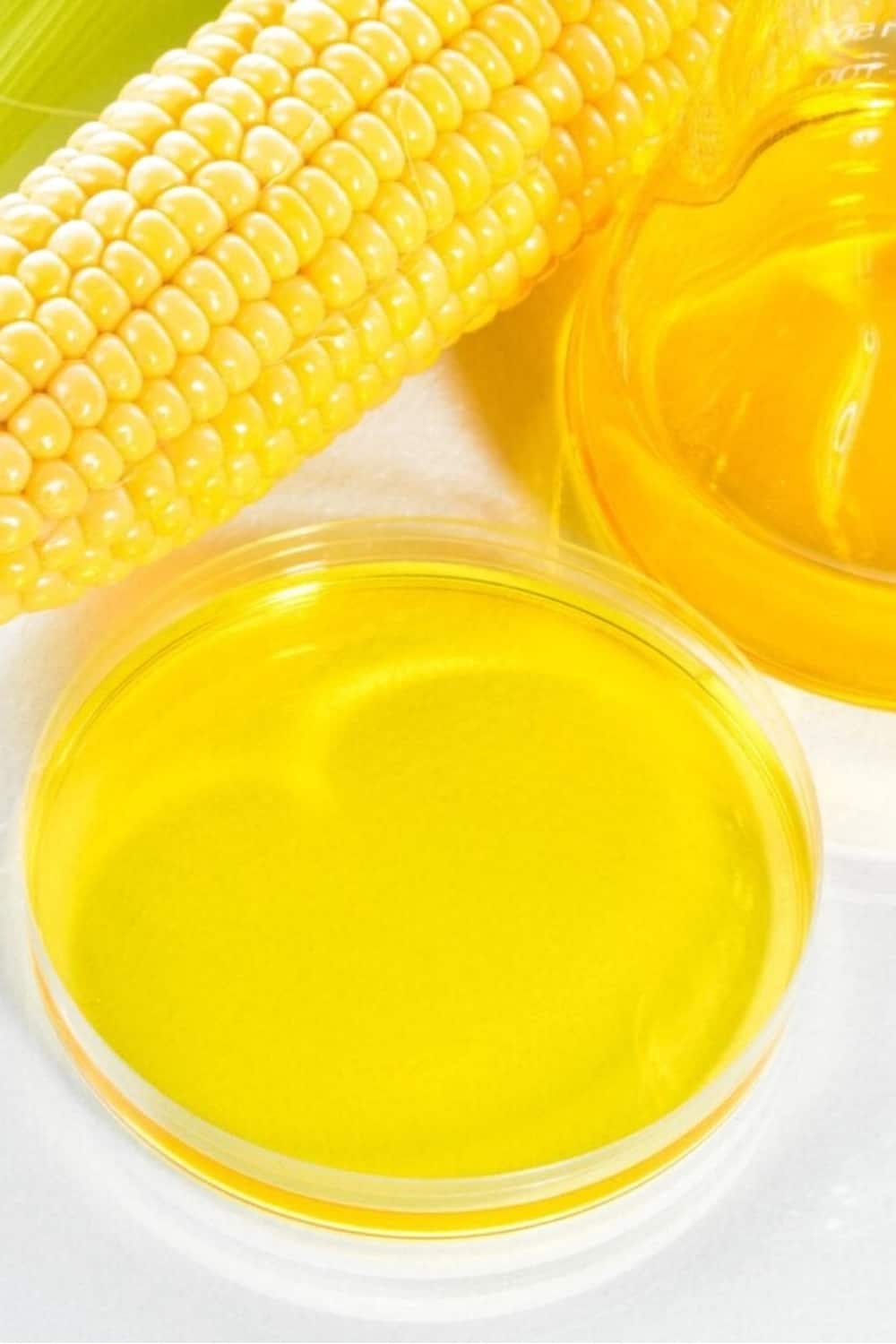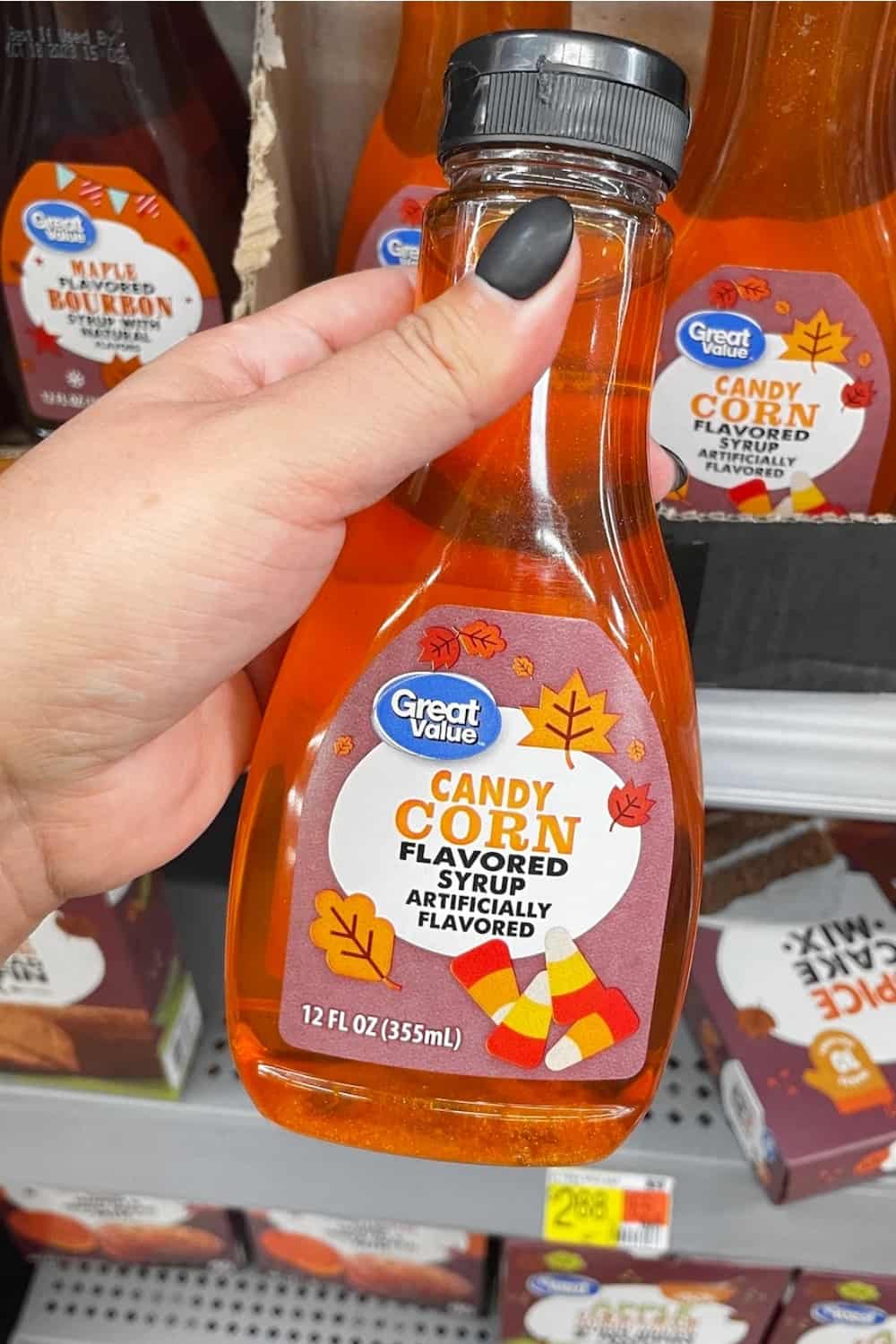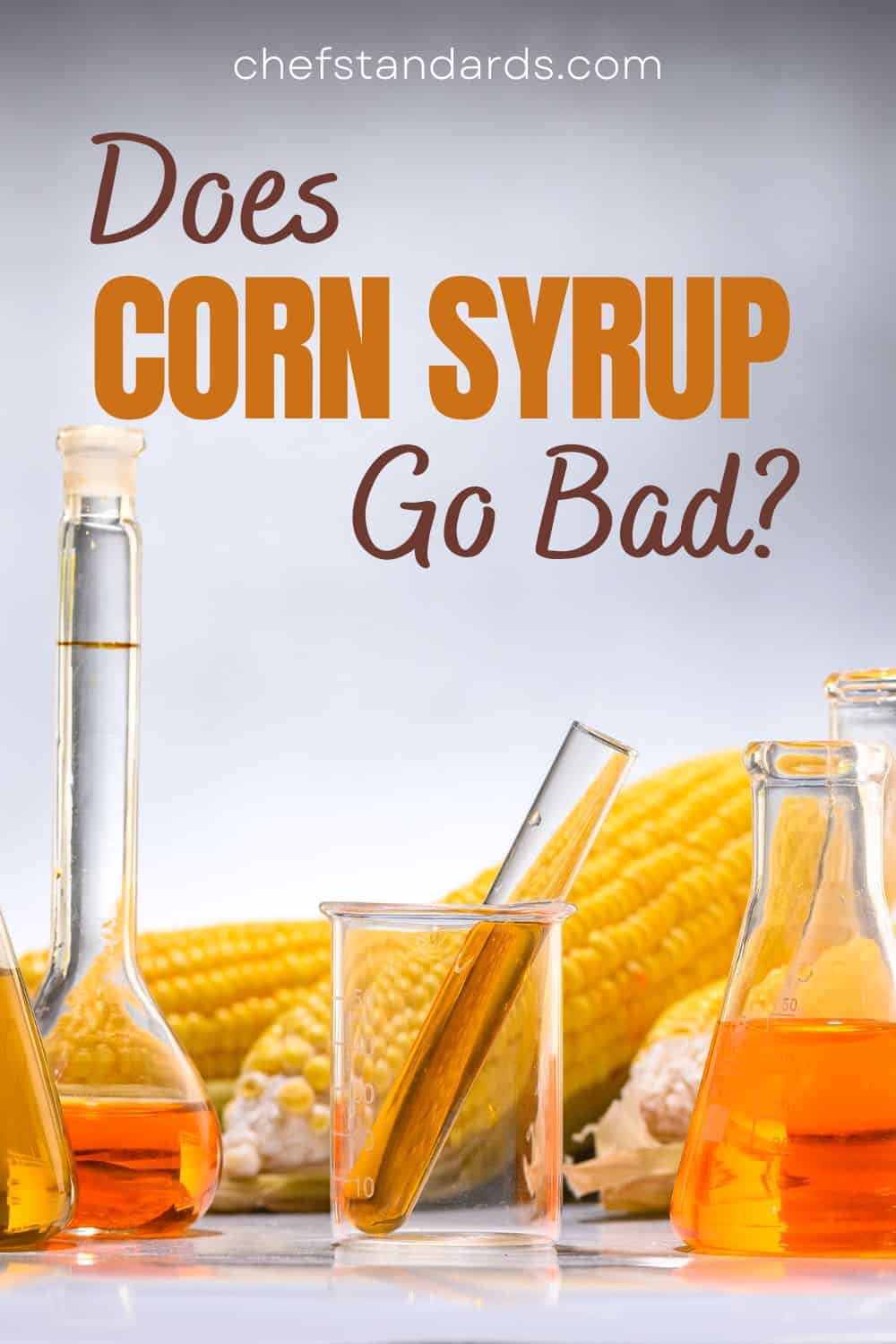Do you love pancakes or some other type of sweet baked dish or dessert? If you’re a fan, I believe that it’s hard for you to imagine them without some sweetener.
And there is no better than any type of sweet syrup. Maple syrup is my personal favorite, but when I don’t have any, corn syrup usually does a decent job as well.
However, it is that type of ingredient that people don’t use very often. You buy it, use it once to make your dessert taste great, and then you put it somewhere in the pantry or some other place in your kitchen and forget about it.
But after some time, if you want to use it again, some important questions about its shelf life and quality arise.
So, does corn syrup go bad? Well, just like many other types of syrup, corn syrup is quite shelf-stable, but you have to know that, in some cases, it can get spoiled.
It is therefore very important to know more about its shelf life, spoilage signs, and proper storage.
Little About Corn Syrup Itself

Before I head to the main point, I will just say a few words about corn syrup and its types.
Corn syrup is a type of sweetener derived from corn starch. It is made by breaking down the starch molecules in corn kernels into simpler sugars, mainly glucose, through a process called hydrolysis.
This process involves treating the corn starch with enzymes or acids to break down the complex carbohydrates into individual sugar molecules.
It is typically a clear, thick, and viscous liquid with a high sugar content. Due to these traits, corn syrup has the ability to enhance sweetness, provide moisture, and prevent crystallization in various food applications.
It is important to know that there are three types of corn syrup: light corn syrup, dark corn syrup, and high fructose syrup (HFCS).
Light corn syrup is the most common type and has a clear color and a milder flavor. Dark corn syrup has a deeper color and a more pronounced caramel-like flavor.
High fructose corn syrup is a bit different, although it is also derived from corn starch. Namely, it undergoes further processing to convert more of the glucose into fructose, resulting in a syrup that is sweeter and more soluble.
Does It Really Go Bad?
As I already said in the introduction, most types of sweet syrups have a very long shelf life, and corn syrup is no exception.
Actually, corn syrup can last indefinitely if stored the right way and that is actually one of its main benefits besides being able to make your pancakes taste delicious.
But why is that so? Well, in the previous part where I explained what corn syrup actually is, I stated that individual sugar molecules are present due to the breakdown of starch molecules in corn kernels.
This leaves corn syrup with a high amount of sugar. Now that sugar is the main barrier to harmful bacteria that are the greatest cause of spoilage in foods.
So, if corn syrup is in a stable environment, there is a very small chance that it will go bad. However, since there is no ideal environment in this world, there are always dangers, like mold for example, behind the corner that can do some damage.
It is therefore not out of hand to know what are some potential red flags when it comes to corn syrup spoilage.
What Are Some Red Flags To Consider?

It is not just harmful bacteria that can cause spoilage in foods. It is the major contributor, but mold or microbial growth can not be underrated either.
The first thing I need to emphasize is the fact that corn syrup can change color over time. This is especially the case with light corn syrup when it gives off a yellowish color.
But does that make it bad? Well actually, no. Maybe the quality is not at its peak, but it is still okay for consumption.
Now, let’s finally see when it is not suitable for eating anymore. Here are a few subtle signs.
1. Mold or Microbial Growth
This is one of the most apparent signs of spoilage in corn syrup.
If you notice any visible mold, such as fuzzy or discolored patches on the surface or around the container’s edges, it indicates that the syrup has become contaminated.
Besides in some types of cheese, mold is never a good thing.
2. Unpleasant Odor
Another indicator of spoilage is an off or unpleasant odor. While fresh corn syrup has a mild, sweet aroma, the spoiled syrup may emit a foul or rancid smell.
If you detect any unusual or strong odors, it is a sign that the syrup has deteriorated and should be discarded.
3. Texture and Consistency Changes
If you notice that the consistency of the syrup is already as runny as water, it may be contaminated by water, which is not a good thing at all.
4. Cloudy Appearance
If you notice that your corn syrup appears cloudy, there is a big chance that mold is slowly starting to grow.
This mostly happens when people don’t close the bottle properly, which opens the way for moisture, and consequently the growth of mold and cloudiness.
5. Fermentation
Corn syrup can become contaminated with yeast or other microorganisms during processing, handling, or storage.
Contamination can occur when the syrup comes into contact with airborne yeast spores or is exposed to dirty equipment or surfaces. Once contaminated, the yeast can utilize the sugars in the syrup and initiate fermentation.
When this happens, flavors go from mild fruity or floral notes to more complex flavors due to alcohol production.
What Is The Exact Shelf Life Of Corn Syrup?
I already mentioned that corn syrup can last very long if unopened and stored properly. It can fairly be concluded that the shelf life of corn syrup is indefinite in these conditions.
This counts for both light and dark corn syrup. When it comes to high fructose corn syrup, it is even more stable due to its high sugar content.
However, many people tend to ask questions about expiration dates on the labels, i.e., whether it is safe to consume it past the expiration date.
Well, if the storage conditions are right, you definitely can consume it past that date. This is because that expiration date is actually a “best-by date”. Several other names include “Best if Used By”, “Best Before”, or “Best When Used By” date.
You have to know that this is not a safety date, but rather a manufacturer’s estimate of how long the corn syrup will remain at peak quality.
Finally, when it comes to an opened bottle of corn syrup, the shelf life is quite long as well. However, it is best to consume it within 6 months of opening to stay on the safe side and to enjoy the best quality.
How To Store It Properly?

All this won’t count if you don’t store your corn syrup properly, so it is very important to know how to do that the right way.
Fortunately, storing corn syrup really isn’t nuclear science. If you didn’t open the bottle, all you have to do is to put it in some place that is dry and has a stable room temperature.
The ideal room temperature should be below 85°F (29°C) to maintain the syrup’s stability.
It is also important that you put it in a dark place, away from direct sunlight and any strong heat source, like an oven,for example.
A cupboard or pantry is ideal.
If the bottle is opened, you just need to seal it tightly after usage and put it in the same environment as an unopened one.
Tight sealing is really important because this helps prevent moisture absorption and contamination, which can contribute to spoilage.
Does It Need Refrigeration Or Freezing?
Some people tend to store corn syrup in the fridge once they open the bottle. The truth is that it can extend the shelf life a little bit, but nothing significantly really.
However, it can potentially influence the texture negatively, so I wouldn’t recommend refrigerating corn syrup because it will be perfectly fine in a dark, dry place.
When it comes to freezing, it is a big NO. It also won’t do any significant changes in the shelf life of the product, but it can seriously deteriorate its texture and consistency.
Some other food like chicken or cooked chicken can benefit from this process, but corn syrup is not that type of product.
Since corn syrup has a high sugar content, freezing can lead to crystallization when exposed to very low temperatures. This can result in a grainy or gritty texture, making the syrup less desirable for many applications.
Freezing and thawing corn syrup can also cause it to separate, leading to an inconsistent and unstable product.
The freezing process can cause the water content in the syrup to crystallize and separate from the sugar content. Upon thawing, this can result in a syrup with an uneven texture and compromised stability.
Based on all this, freezing is definitely not an option.
Final Verdict
So, does corn syrup go bad? Although it is not common, corn syrup can eventually spoil if you don’t store it the right way.
Fortunately, storing corn syrup is relatively easy and all you have to do is to seal it tightly and put it somewhere dry, where the temperature is stable, and where there is no direct sunlight or strong heat source.
In that case, your corn syrup will be invincible.

